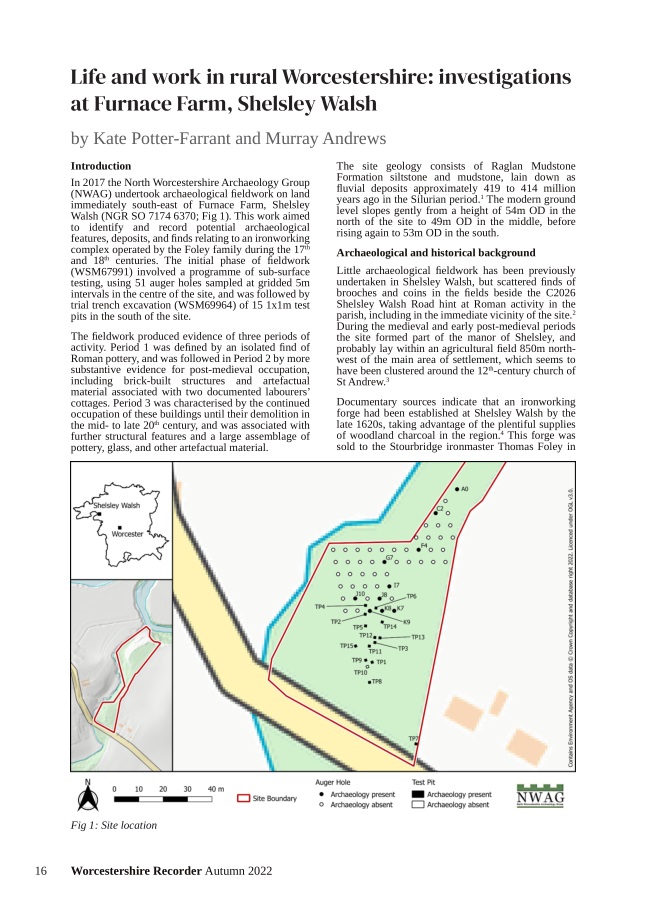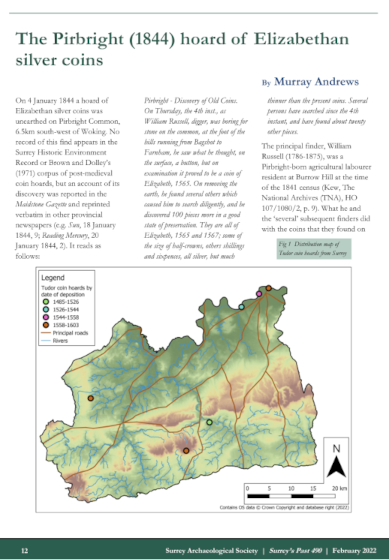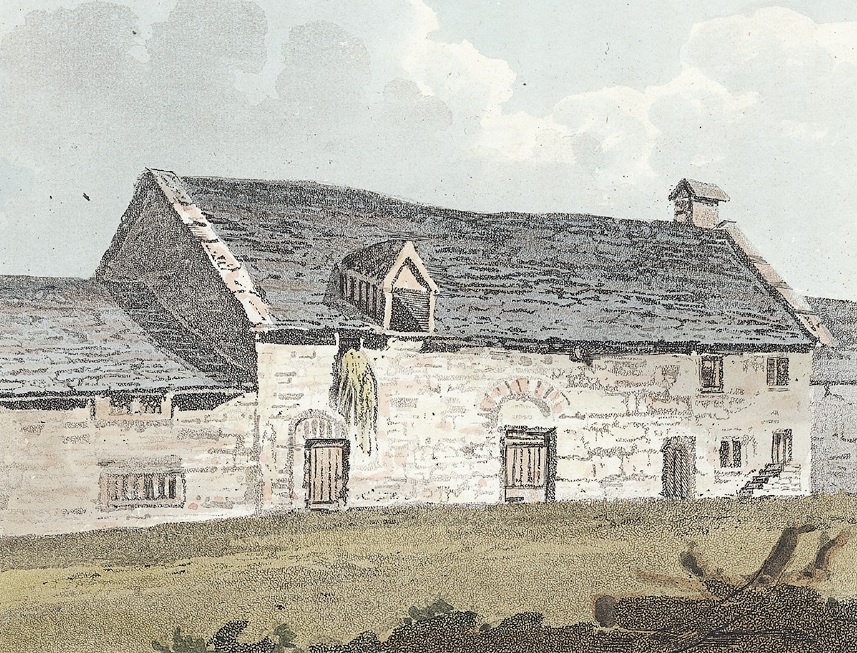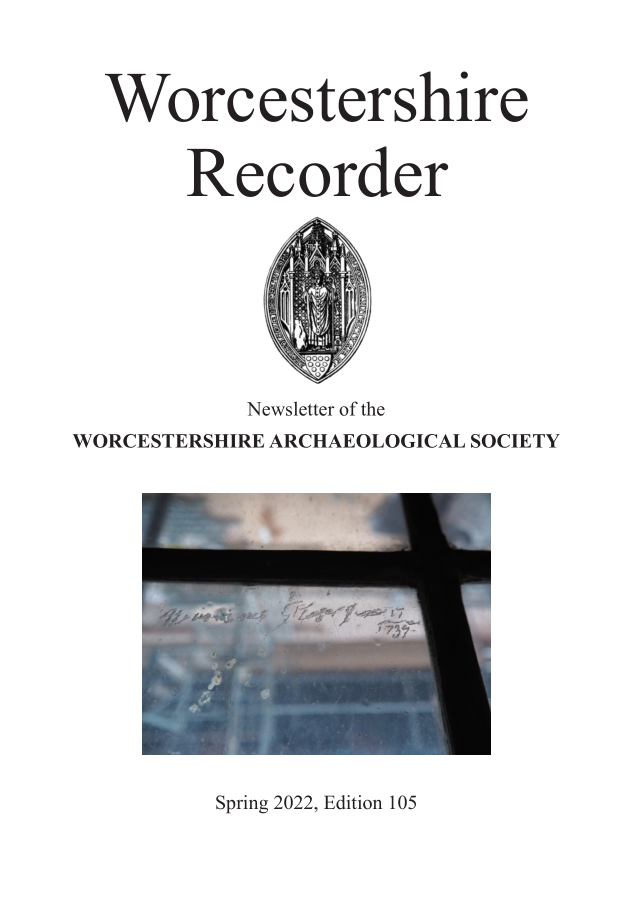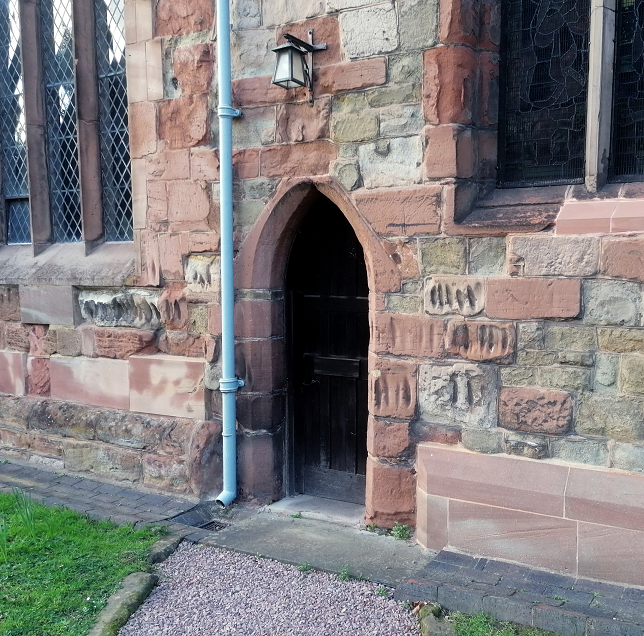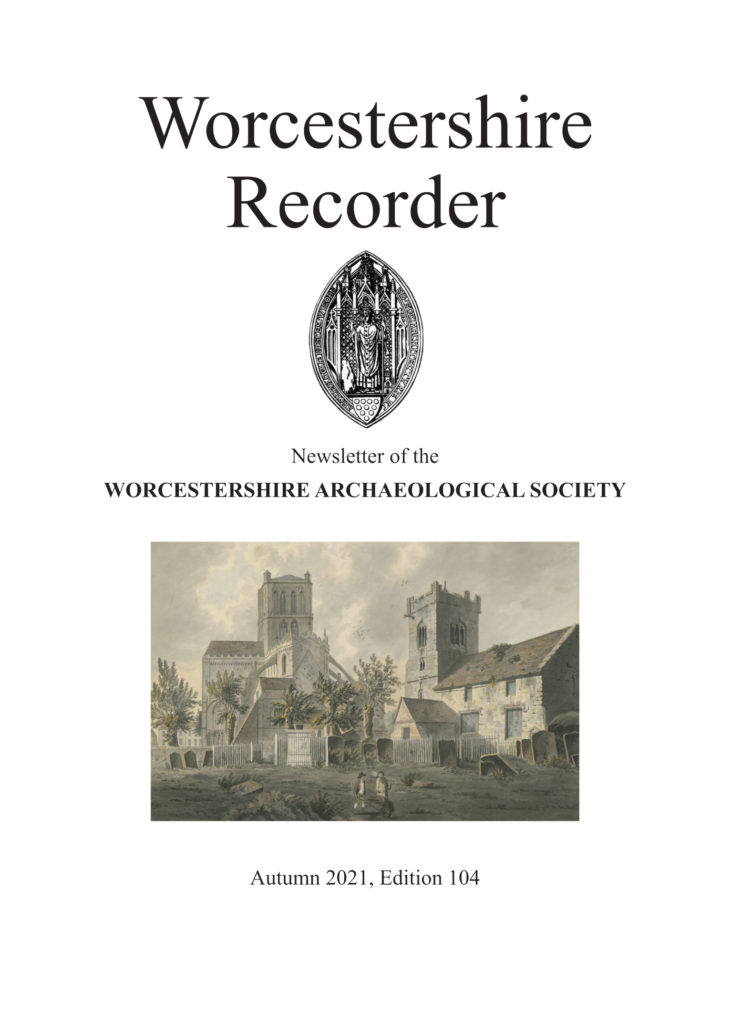Hot on the heels of last month’s articles in the Worcestershire Recorder, I’m pleased to share news of a new article by me in the 2022 Transactions of the Worcestershire Archaeological Society!
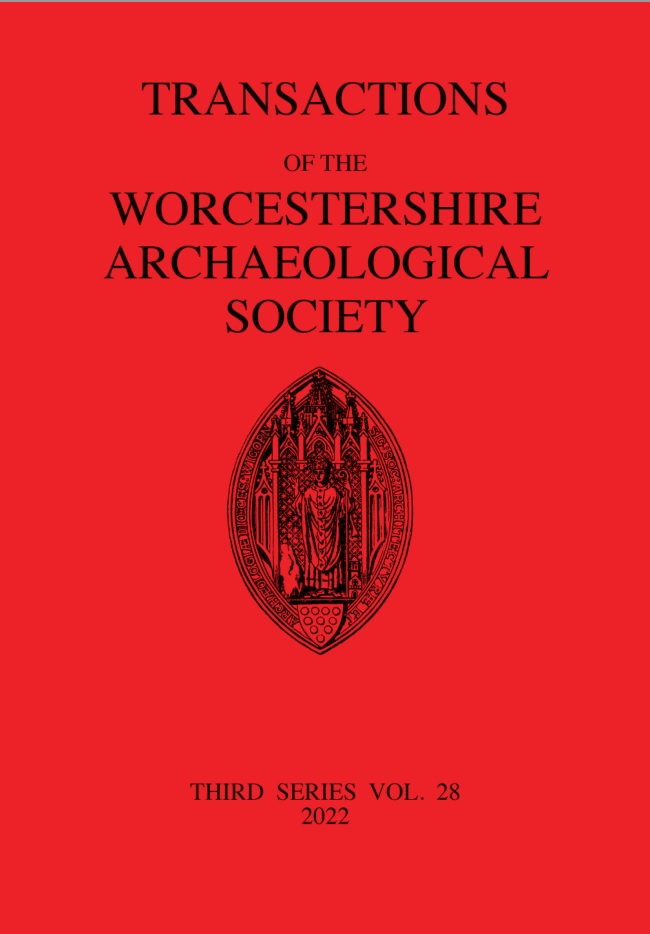
Entitled ‘Coinage and conquest: numismatic evidence for a Roman military presence at Worcester’, my article reconsiders the long-debated ‘Worcester fort’ in light of nearly 3000 single finds of Roman coins from the county.
The analysis shows that Worcester has produced significantly more early Roman coins, particularly of the Claudio-Neronian and early Flavian coins, than most other parts of Worcestershire. Importantly, statistical testing demonstrates that this cannot be down to random chance. While this is intrinsically interesting in light of documented military activity in the region at this period, it becomes significantly more important when seen at the site level: the closest parallels for Worcester’s coin loss profile aren’t civilian small towns, but are actually military-turned-civilian settlements like Exeter and London.
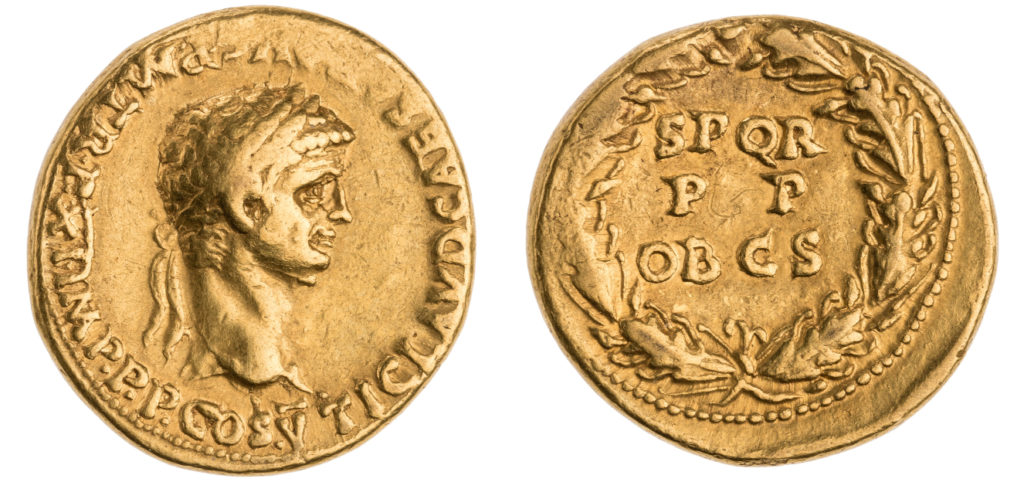
Placed alongside the evidence of militaria, road patterns, and post-Roman place names, the numismatic results make a strong case for identifying Worcester as the site of an as-yet-undiscovered Roman fort. Quite where it might be remains unknown, but the distribution of coins and military metalwork suggest that, as at York, Worcester’s Roman fort could lie beneath a medieval cathedral.
If this sounds intriguing, why not have a look yourself? To purchase a copy of the Transactions, get in touch with the Worcestershire Archaeological Society.
For a full list of my publications to date, check out the ‘Publications’ page on this website.


